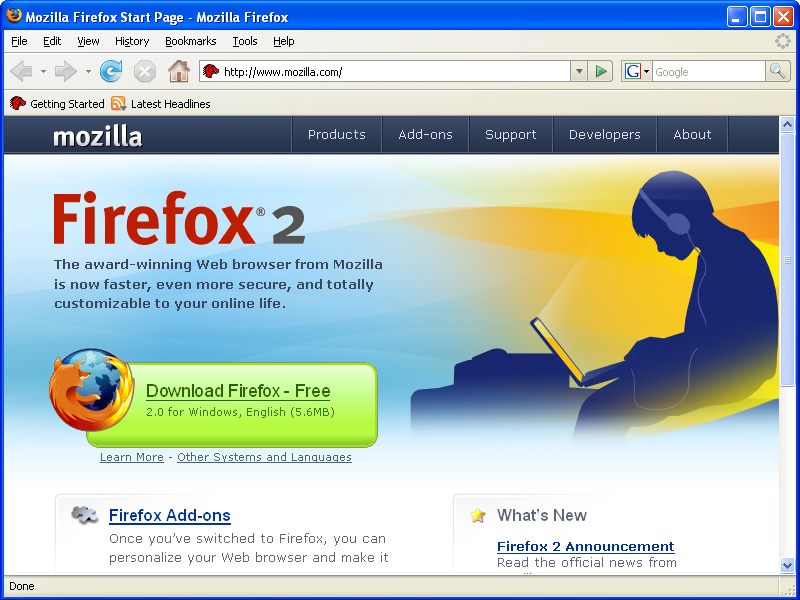
Representing tabular data on a webpage in an understandable, accessible way can be a challenge. This module explores how to use HTML to include multimedia in your web pages, including the different ways that images can be included, and how to embed video, audio, and even entire other webpages. This module sets the stage, getting you used to important concepts and syntax such as looking at applying HTML to text, how to create hyperlinks, and how to use HTML to structure a web page. Our HTML Learning Area features multiple modules that teach HTML from the ground up - no previous knowledge required. The articles below can help you learn more about HTML.

However, the convention and recommended practice is to write tags in lowercase. For example, the tag can be written as, , or in any other way. That is, it can be written in uppercase, lowercase, or a mixture. The name of an element inside a tag is case insensitive. HTML markup includes special "elements" such as, ,, ,, ,, ,, ,, ,, ,, ,, ,, ,, ,, and many others.Īn HTML element is set off from other text in a document by "tags", which consist of the element name surrounded by " ". HTML uses "markup" to annotate text, images, and other content for display in a Web browser. By uploading content to the Internet and linking it to pages created by other people, you become an active participant in the World Wide Web. Links are a fundamental aspect of the Web. "Hypertext" refers to links that connect web pages to one another, either within a single website or between websites. Other technologies besides HTML are generally used to describe a web page's appearance/presentation ( CSS) or functionality/behavior ( JavaScript).

It defines the meaning and structure of web content. HTML (HyperText Markup Language) is the most basic building block of the Web.


 0 kommentar(er)
0 kommentar(er)
